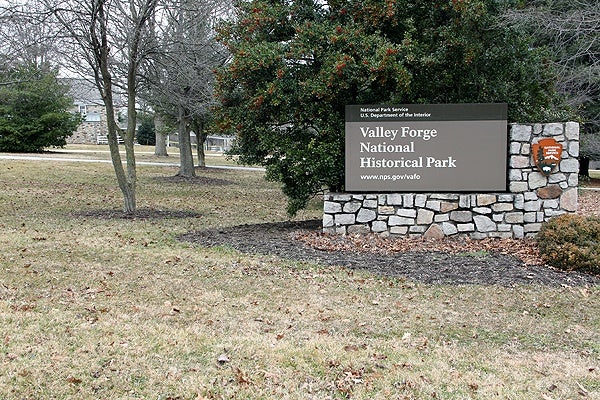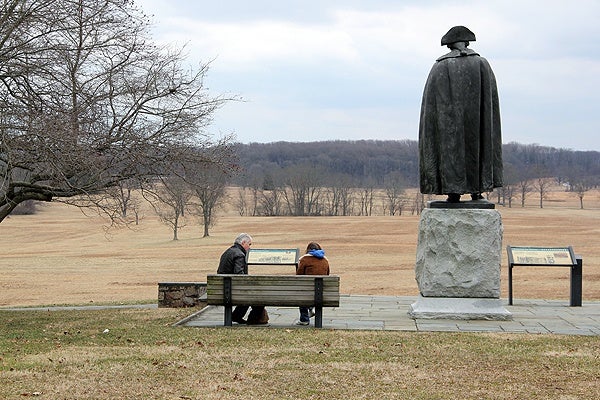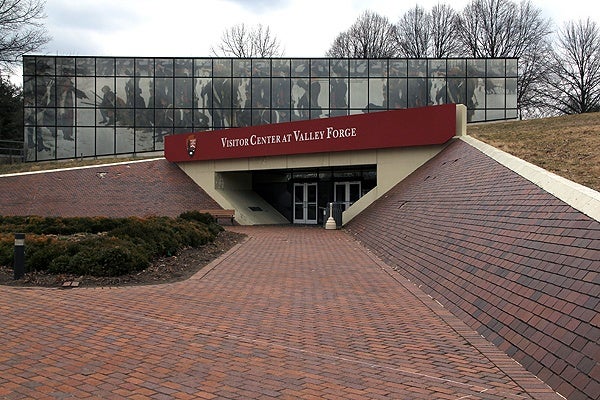National parks tout economic impact of $30 billion
Visitors to the nation’s parks in 2011 were an economic tour de force, according to a National Parks Service study showing that tourists spent more than $30 billion in the communities surrounding the parks.
The G-Lodge Restaurant, a few miles from Valley Forge National Historic Park, has been serving meals since 1928. Thursday, owner Dennis Dreibelbis confirmed the economic spillover from visitors to the park.
“I have my menus down at the visitors center and most of the people who work down there know me or know of me,” he said, with apparent satisfaction.
“If somebody says, ‘Hey, where can we get something reasonable to eat?’ they point them this way as opposed to a $12 hamburger in King of Prussia,” he said.
Valley Forge experienced a dip in visitors in 2011, the year in question in the latest study. However, the study estimates those tourists who did visit spent more than $1 million in the area.
“You still have your annual Boy Scout things going on here and this and that,” Dreibelbis said. “But as far as people traveling today, I think it’s really been cut down. So, it’s really affected my business and probably the ones right down the street from me.”
Park attendance began to rise again in 2012. Last year, 282.8 million visitors — an increase of 3.8 million over 2011 — made a trip to the National Park Service’s 398 parks, according to another study.
“The national parks return more than $10 for every $1 the American taxpayer invests in the National Park Service,” said Jonathan Jarvis, National Park Service director. “That makes good stewardship sense and good business sense. This report shows that America’s national parks are also critical economic engines, not only for our neighbors in gateway communities, but for our entire country.”
Threatened cuts in the federal sequester could mean a reduction in park services and hours at the Independence National Historic Park in Philadelphia.
Independence Park welcomed 3.5 million visitors in 2011, who spent an estimated $150 million in the Philadelphia area.
WHYY is your source for fact-based, in-depth journalism and information. As a nonprofit organization, we rely on financial support from readers like you. Please give today.








